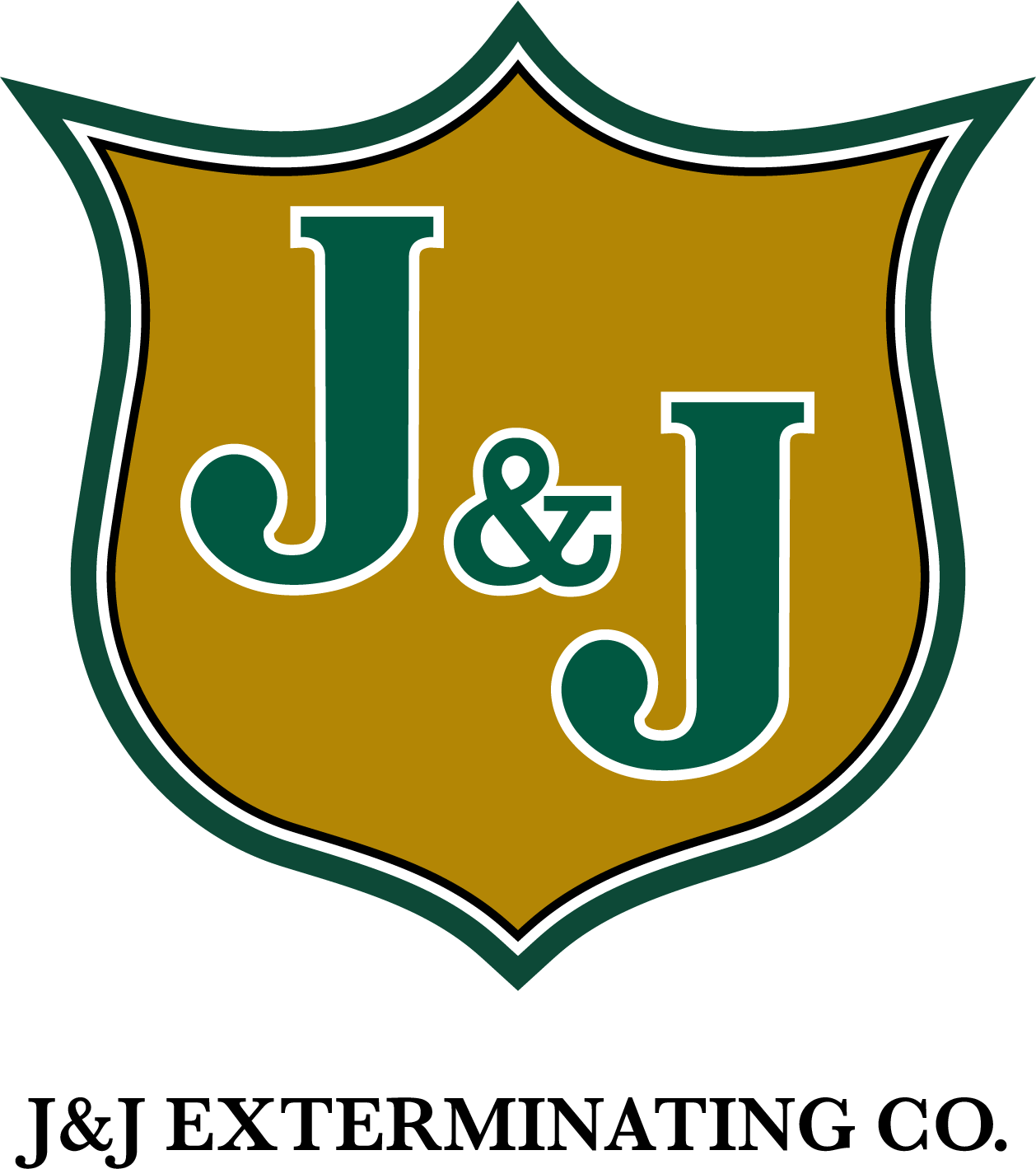The rumble of a homeowner’s worst nightmare: “You’ve got termites.”
Hearing this phrase can send shivers down your spine and, before you know it, you’re knee-deep in the world of termite control. No one wants their tranquil home life disrupted by these tiny wood-wreckers, but unfortunately, it’s a reality for too many homeowners.
This in-depth guide is designed to offer a collection of home-grown strategies for termite control that not only safeguard your abode but also maintain a balance with the environment. Whether you’re seeing the early warning signs of a termite invasion or hoping to prevent one, these expert tips will lead you through the battle against these insidious insects.
Understanding Termites
Before we delve into our arsenal of termite control tactics, let’s take a moment to understand our enemy. Termites are social insects that live in colonies and feed on wood, making them a significant threat to any wooden structure. There are several species of termites, but the most common offenders in the US are subterranean termites, drywood termites, and dampwood termites.
The most alarming fact about termites is their silent, secretive nature. Often, homeowners only become aware of an infestation after severe damage has occurred. With the following tips, you can become more proactive in preventing and managing termite populations.
Spot the Signs Early
The key to effective termite control is to catch them in the act – and believe it or not, they might be right under your nose. Keep an eye out for these telltale signs:
- Wood Damage: Typically, termites will eat wood from the inside out, so if you tap on a surface and it sounds hollow, it’s time to investigate further.
- Termite Wings: Reproductive termites swarm to start new colonies. If you find discarded wings near your windows, doors, or light fixtures, you may have a baby termite problem.
- Mud Tubes: Subterranean termites often construct mud tubes for shelter.
- Frass Piles: Drywood termites leave behind tiny piles of fecal pellets, also known as frass.
By recognizing these early indicators, you stand a much better chance of nipping a problem in the bud.
Moisture: A Friend of Foes?
Termites thrive in environments with a high moisture content. Manage the moisture levels in and around your home by:
- Fixing Leaks: Any leak in your plumbing is a welcome sight for termites. Keep your pipes in good condition and fix leaks as soon as possible.
- Good Drainage: Ensure that your home’s drainage directs water away from the foundation.
- Ventilation: Have proper ventilation in crawl spaces and attics to keep them dry.
By keeping your home dry, you’ll have an environment far less conducive to termite activity.
Termite-Resistant Materials
When building or renovating your home, use materials that termites aren’t interested in, such as:
- Pressure-treated Wood: It’s resistant to rot and insects, making it a less appealing target.
- Steel and Concrete: Not offering a food source, these materials are excellent termite deterrents.
- Borate-Treated Insulation: Used in attics and walls, borate insulation can help keep termites at bay.
Incorporating these materials can significantly decrease your home’s vulnerability to termites.
Landscaping
The way you landscape can either make your home more susceptible or resistant to termites.
- Keep Plants Away: Don’t let plants and bushes make direct contact with your house. This can create pathways for termites seeking food and shelter.
- Regularly Inspect Trees: Dead trees or stumps in your yard can serve as termite magnets, especially if they’re close to your home.
Screening
Proper screening of your home will keep termites out.
- Window Screens: Ensure your window screens are in good shape to prevent termites from accessing your home via these vulnerable points.
- Foundation Vents: Use fine mesh screens over foundation vents to deter termite entry.
- Crawl Space Entrances: Any crawlspace entrances or other access points need to be well-sealed with screens or other barriers.
Earth-to-Wood Contact
Termites need access to soil moisture to survive. If they can find a safe passage from the ground to your home’s wooden components, they’ll take it.
- Avoid Wood-to-Ground Contact: All wooden elements like siding or framing should be at least six inches above the ground.
- Stucco or Masonry Extenders: If your home has an exterior finish, use stucco or masonry to extend a barrier between the wooden part and the ground.
- Landscape Timbers: If you have these in your yard, replace them with non-wood options.
Regular Inspections
The adage “An ounce of prevention is worth a pound of cure” has never been more relevant than when dealing with termites.
- Schedule Professional Inspections: Have a termite professional inspect your home annually.
- DIY Inspections: Regularly inspect your home for the signs mentioned earlier. This level of vigilance can catch issues early.
Solutions
When it comes to chemical control, always prioritize safety and follow manufacturer directions closely.
- Termiticides: These are powerful tools that can be used to form a protective barrier around your home.
- Foams and Gels: Often used to spot-treat areas where termites are active, these substances can be highly effective.
- Bait Stations: With a professional’s guidance, baiting systems can be a powerful ally in controlling termite populations.
Partner with Professionals
Sometimes, despite your best efforts, termites can still find their way into your home.
- Choosing the Right Pest Control Service: When selecting a professional service, look for one with a solid reputation, experience, and good reviews.
- Post-Extermination Practices: After termite treatment, maintain a vigilant approach and consider ongoing monitoring to ensure the problem does not return.
By partnering with a termite control service, you can gain access to expertise and tools that help protect your home from the ground up.
While the threat of termite infestations is very real, with these tried and tested termite control methods, you are well-armed to take on the challenge. Prevention, regular inspections, and an understanding of the signs are your best weapons in this war. Remember, the more you know about termites and the options available to you, the better you can protect your home and, more importantly, your peace of mind.




